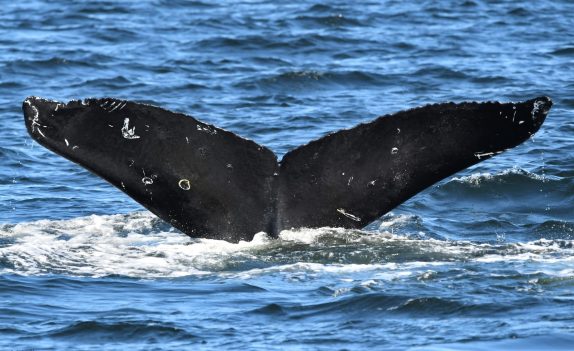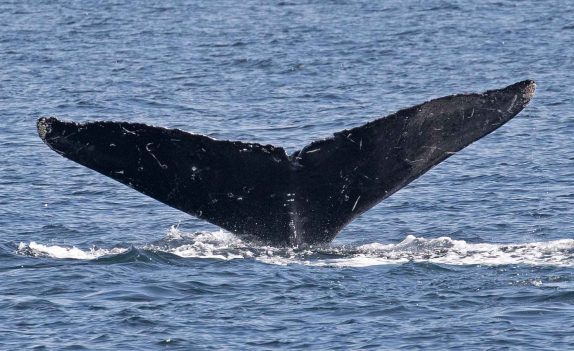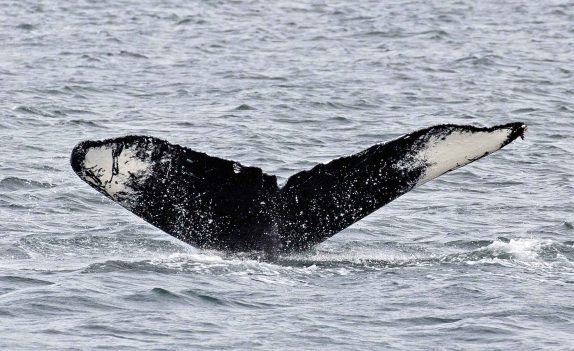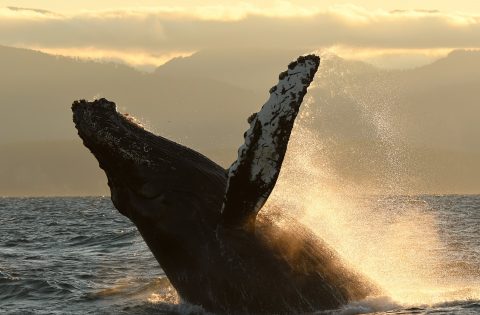HUMPBACK WHALES OF THE SALISH SEA
They’re as big as city buses, eat up to six tons of food a day and undertake one of the longest migrations of any mammal on the planet.
Humpback whales are also survivors. Heavily hunted by commercial whalers, their numbers in the North Pacific dropped to as low as 1,200—five per cent of the original population—by the time they were protected in 1966.
Several hundred humpbacks used to spend the summer feeding in the Salish Sea before commercial whalers killed every single one. As a result, for almost 100 years there were no humpbacks to be seen in the entire Salish Sea. That changed in the late ‘90s with the appearance of a whale we nicknamed Big Mama. She started the amazing comeback of the humpback in the Salish Sea! Now, almost 400 individual humpbacks visit the region in the feeding season, with newcomers appearing every year.
Find out more about humpback whales.

What do the ID numbers mean?
Humpback whales move around a lot. In addition to their winter migration back and forth to places like Mexico and Hawaii, they may visit several feeding areas in the summer and fall. This is why assigning official IDs to humpbacks is a regional and North Pacific-wide effort, involving researchers in several areas of coastal BC, Washington State and Oregon. Eagle Wing Tours photographers routinely share photo ID information with researchers as part of a collaborative effort throughout the Salish Sea region.
International organizations such as HappyWhale.com are also instrumental in cross-matching flukes to different areas. This helps us track what breeding and feeding areas are important to the whales.
Salish Sea humpbacks are given alphanumeric codes beginning with BCX, BCY or BCZ, depending on the black and white pattern on the underside of their tails. This pigmentation pattern—often augmented by scratches, scars and divots—is unique to each individual, just like a human fingerprint. “X” whales are mostly black. “Y” whales are a mix of black and white. And “Z” whales are mainly white.
If the whale has MM before the X, Y or Z, that means it’s been given a temporary ID number.
Scientific numbers are one thing. But they’re hard to remember. That’s why many of them have been given nicknames, usually based on those unique tail markings.
Over 600 individual whales have now been documented in the Salish Sea and western Juan de Fuca Strait. Here are some of the individuals we often see near Victoria. Test your identification skills and match them to photos you took on your tour!
(ID photos taken by Eagle Wing naturalists)













































